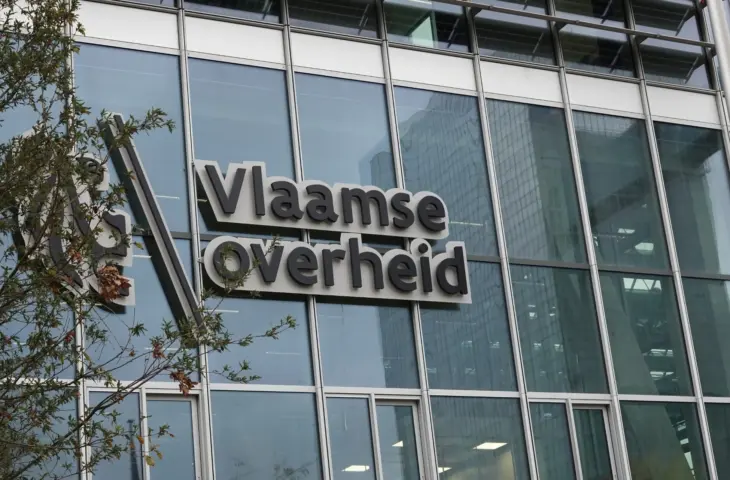At the beginning of last year, the Flemish government initiated a project on generative AI for the Department of Work, Economy, Science, Innovation and Social Economy (WEWIS): Columbus.
The project on generative AI is called Columbus, named after the famous explorer, and focuses on discovering the added value that generative AI can offer to WEWIS. The government sees this project as a so-called voyage of discovery, in which they ‘brave unknown waters’ to further explore the possibilities and applications of AI. Other gen AI projects are coordinated by Digital Flanders, but these are separate from Columbus.
‘We see AI as a wave that we don’t want to drown in, but want to surf on,’ says Jolien Poels, change expert at Columbus. The goal is clear: to support employees in understanding and applying generative AI, without losing sight of risks or limitations. In this AI journey, they define three paths: inspiration, experimentation, and strategy.
Awareness and Inspiration
The project began in 2024 with a focus on awareness and knowledge sharing. Inspiration sessions and workshops were organized to familiarize all employees, from management to lawyers, with generative AI such as Microsoft Copilot. This is widely used within the Flemish government and was therefore extensively covered in the workshops.

‘During our sessions, we often saw that it was the first time many participants worked with gen AI tools,’ says An Taelemans, project leader of Columbus. ‘What we noticed is that fear of complexity often forms a barrier. By showing practical applications, we were able to remove this fear and let employees experience how accessible AI can be.’
During this inspiration phase, Columbus also focused on nuance. ‘There are many misconceptions about AI,’ Taelemans explains. ‘People worry about hallucinations, reliability, and privacy. We want to communicate honestly about what AI can and cannot do. This prevents unrealistic expectations.’ The approach bore fruit: nearly 75 percent of the organization was reached through inspiration sessions or workshops.
Experiments in Practice
The second pillar of Columbus, experimentation, focused on exploring concrete use cases. Some examples include automatically recognizing data from PDF documents and developing chatbots. ‘What we learned is that generative AI can strongly support processes, but that bad processes are not solved by technology,’ says Taelemans. ‘First simplify, then digitize remains essential.’
We mainly want to improve our culture and way of working.
An Taelemans, project leader of Columbus
Additionally, an important lesson emerged about expectation management. ‘Experiments often create enthusiasm, but we need to make it clear that not everything can be implemented immediately,’ says Taelemans. ‘We are now working on playbooks to better frame what an experiment entails and what employees can expect.’
Towards Sustainable Implementation
In 2025, the focus shifts to strategy and implementation. The goal is to structurally anchor AI solutions in the organization. ‘We want to innovate pragmatically,’ says Taelemans. ‘That means not rushing, but transforming our processes and culture step by step.’ Multidisciplinary collaboration plays a key role in this. The team works internally with all involved stakeholders (business partners, architects, analysts, security specialists, change experts, …) to develop a broadly supported strategy.
Sustainability and external collaboration are also central. Taelemans emphasizes: ‘We look at the ecological impact of AI and work together with Digital Flanders to evolve towards generic building blocks that are useful for the entire Flemish government.’
Looking Ahead to 2025
With the foundation from the inspiration and experimentation phase, Columbus now looks ahead to 2025. Taelemans looks to the future with confidence: ‘2025 will be the year in which we concretize our strategy and broadly deploy AI in the organization. We don’t just want to implement technology, but mainly change our culture and way of working and improve processes.’
